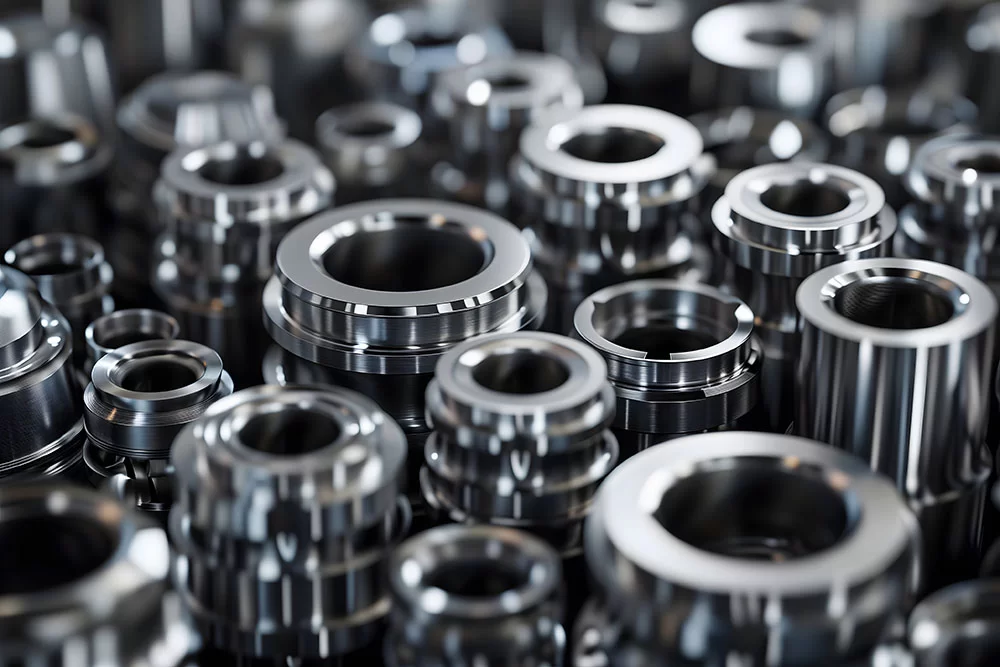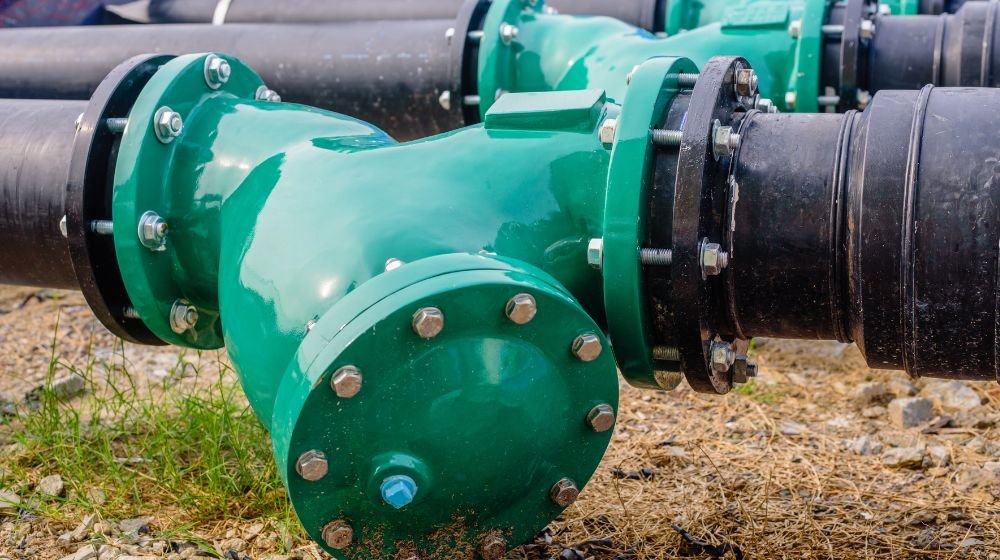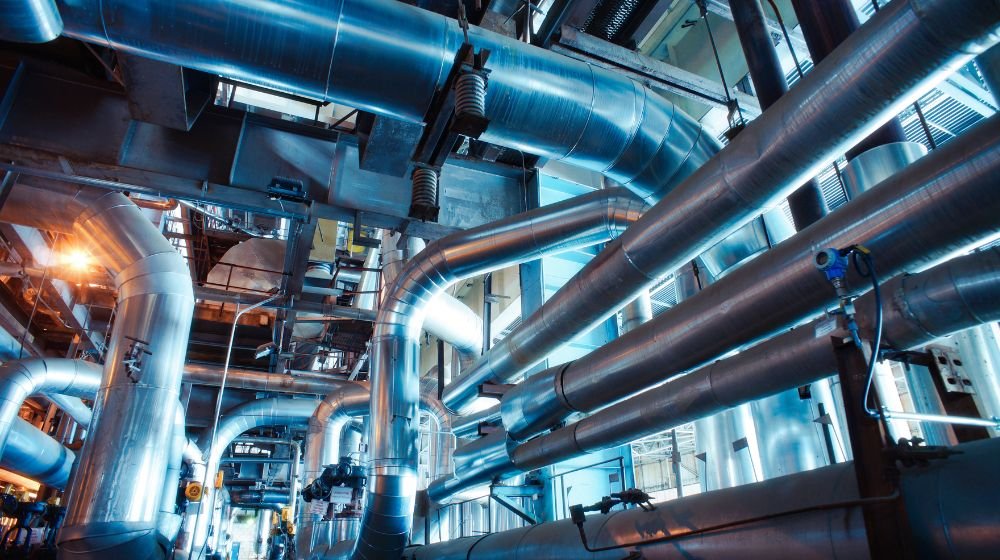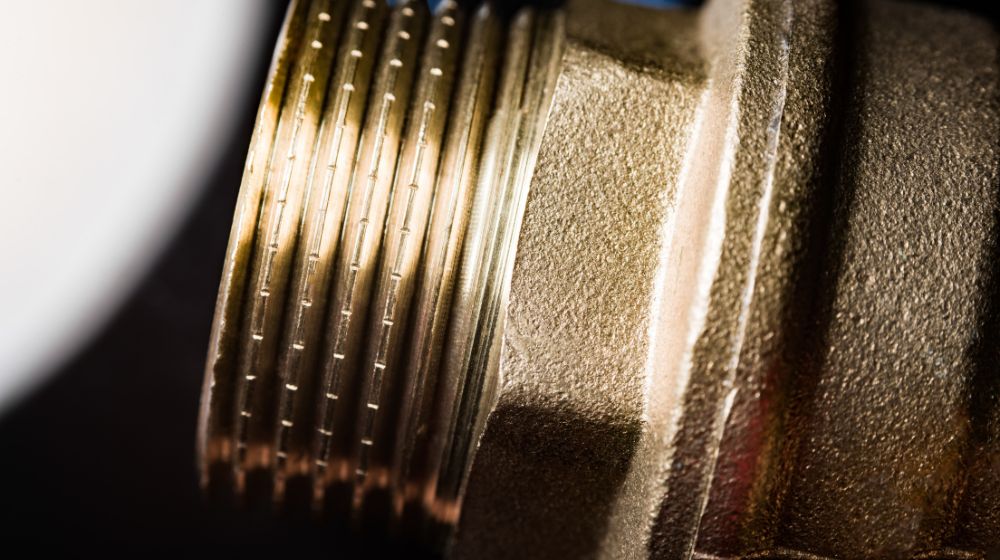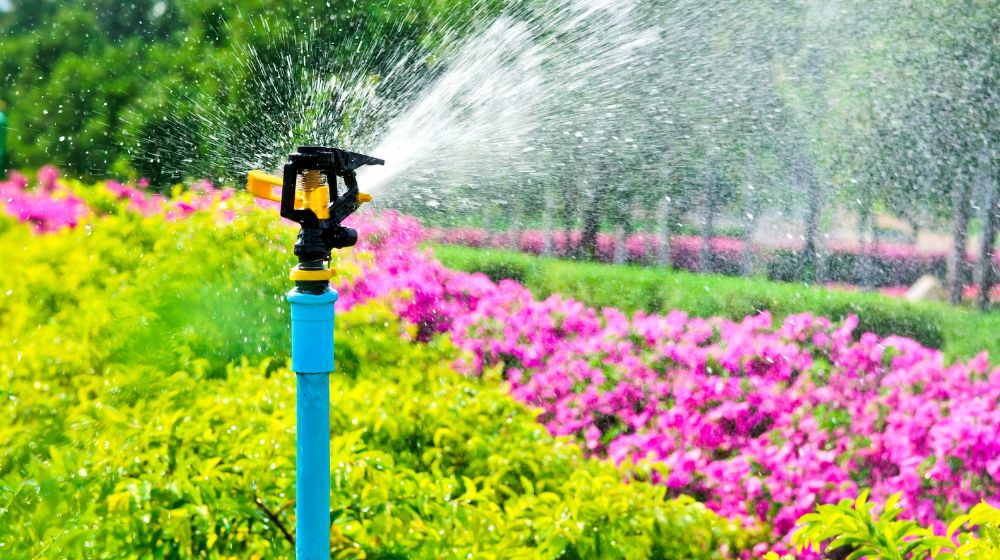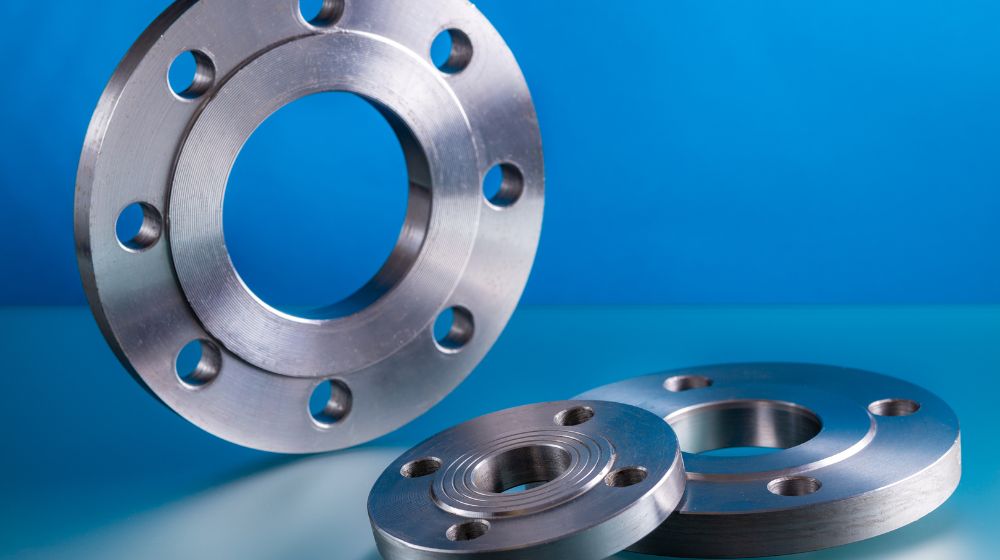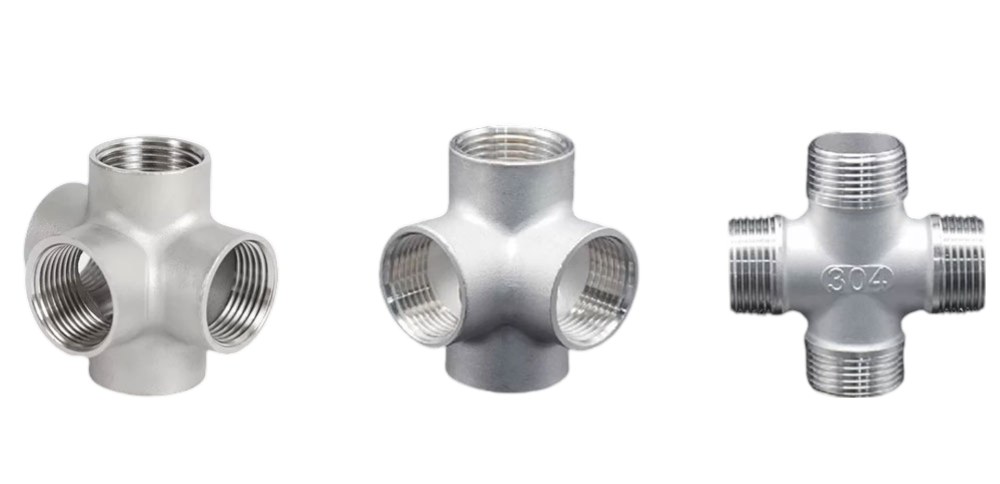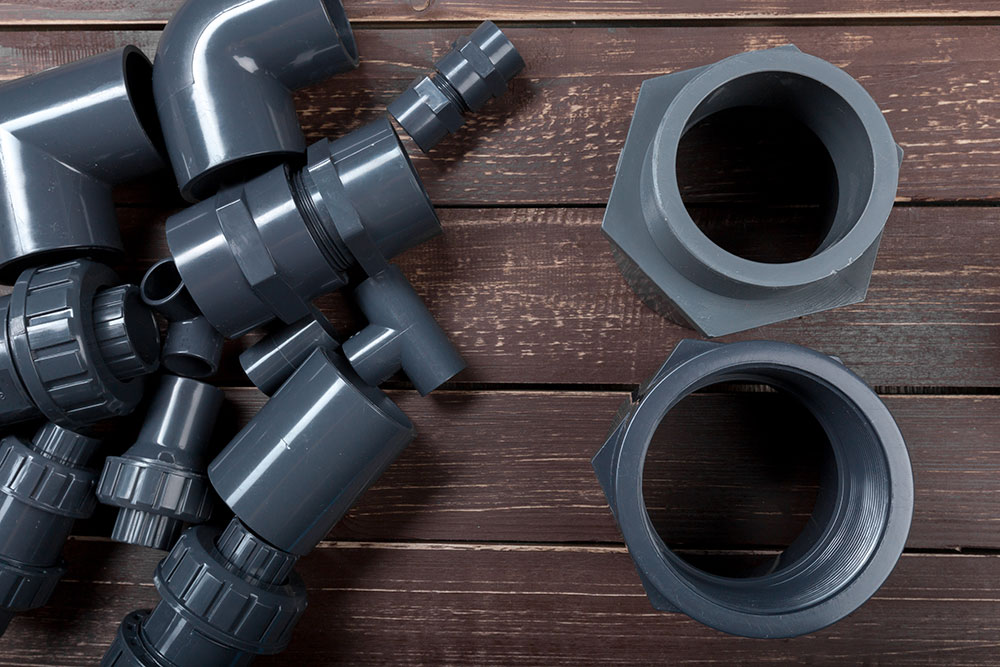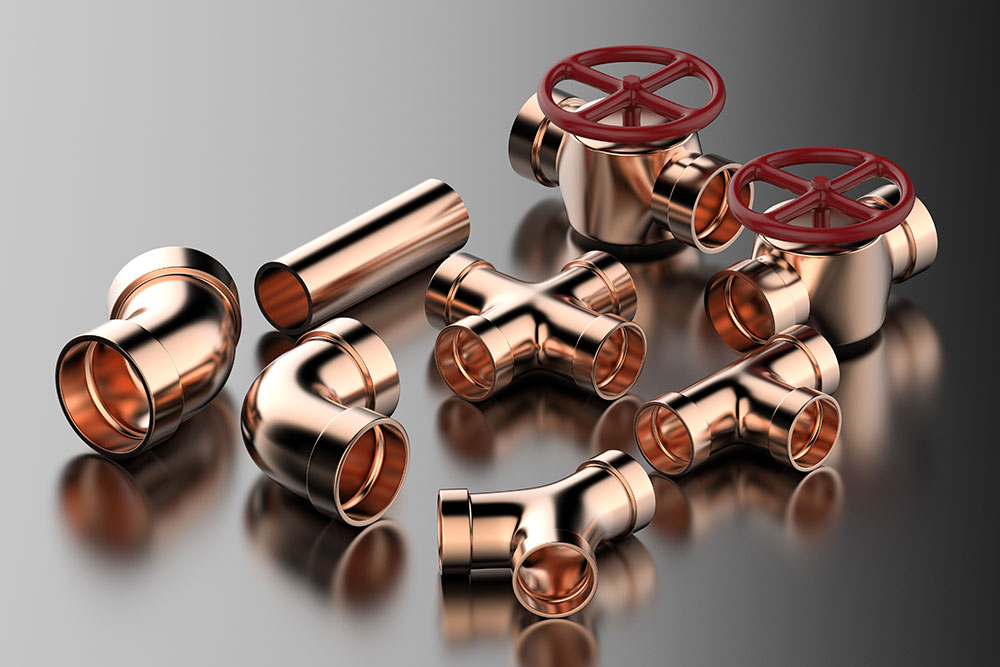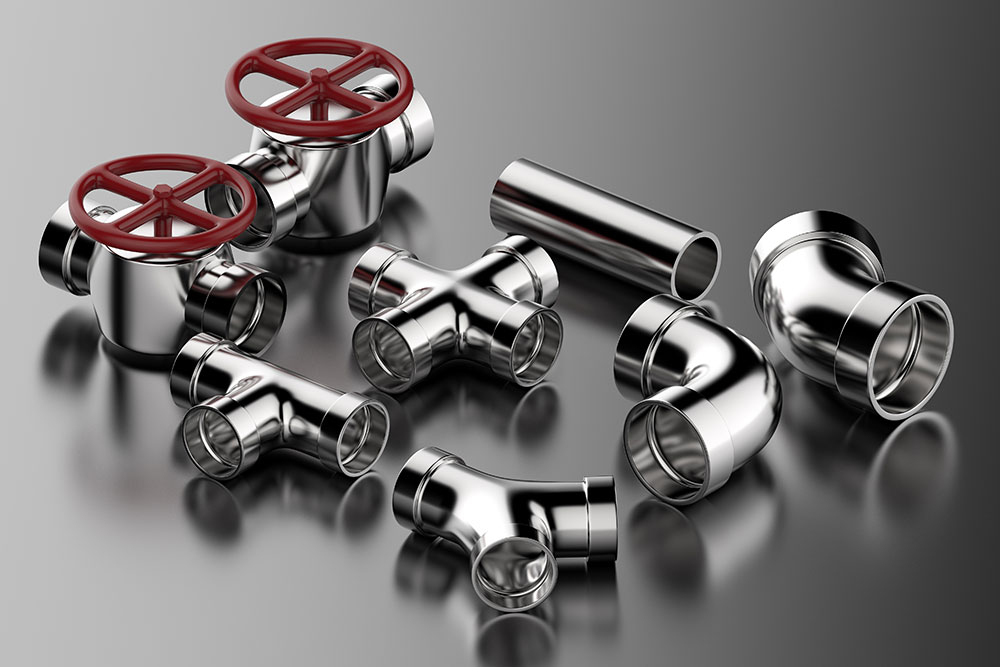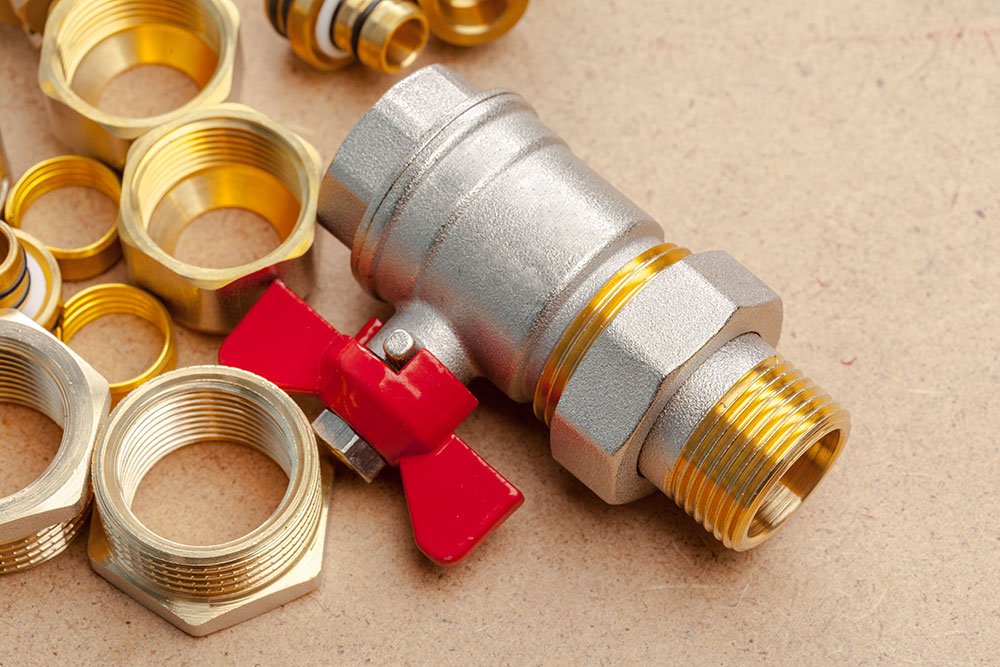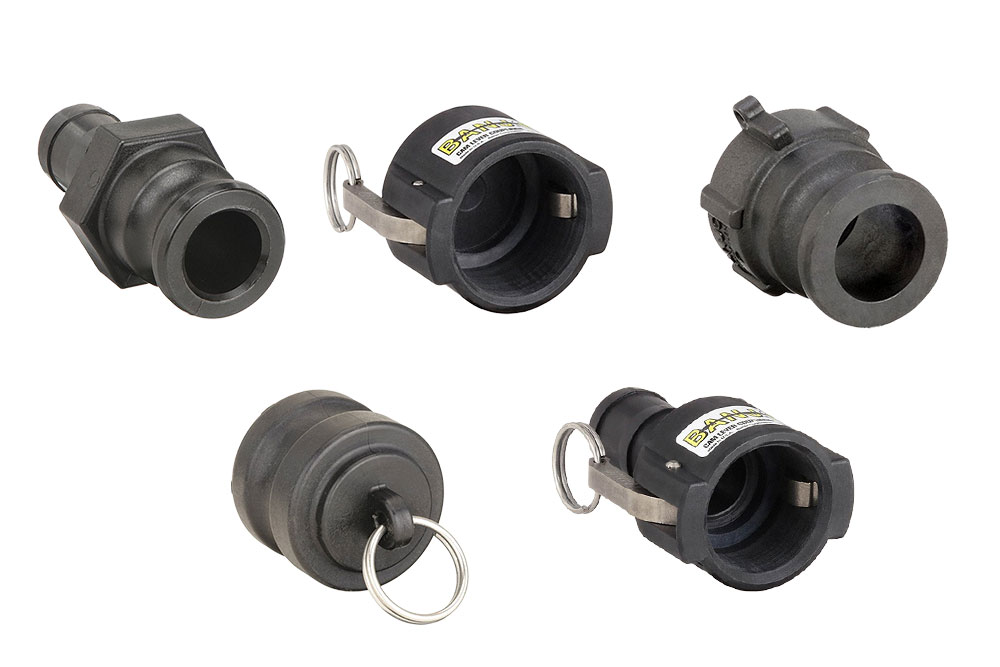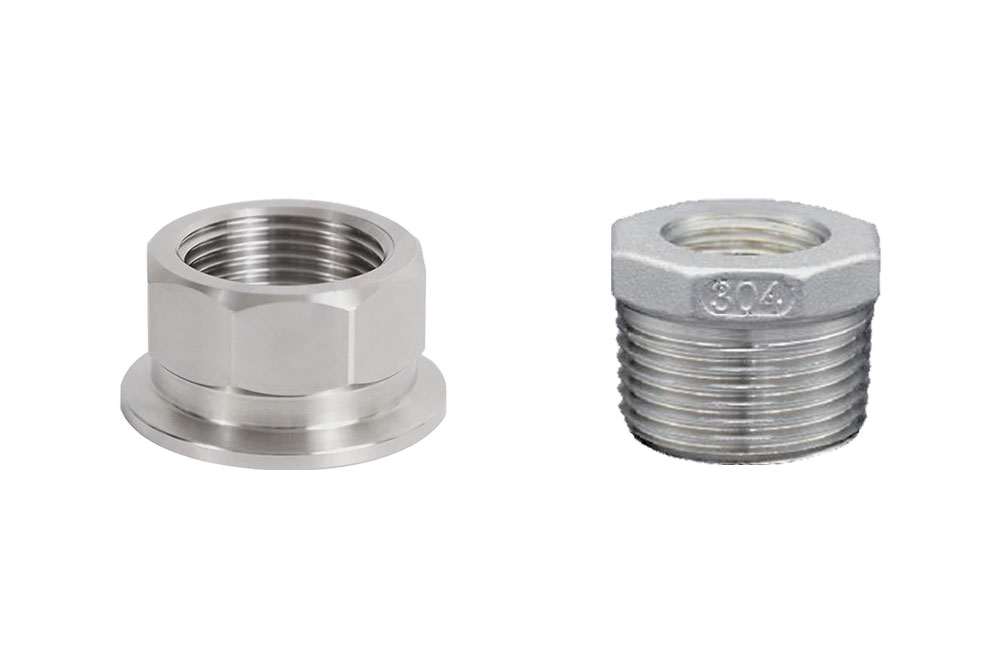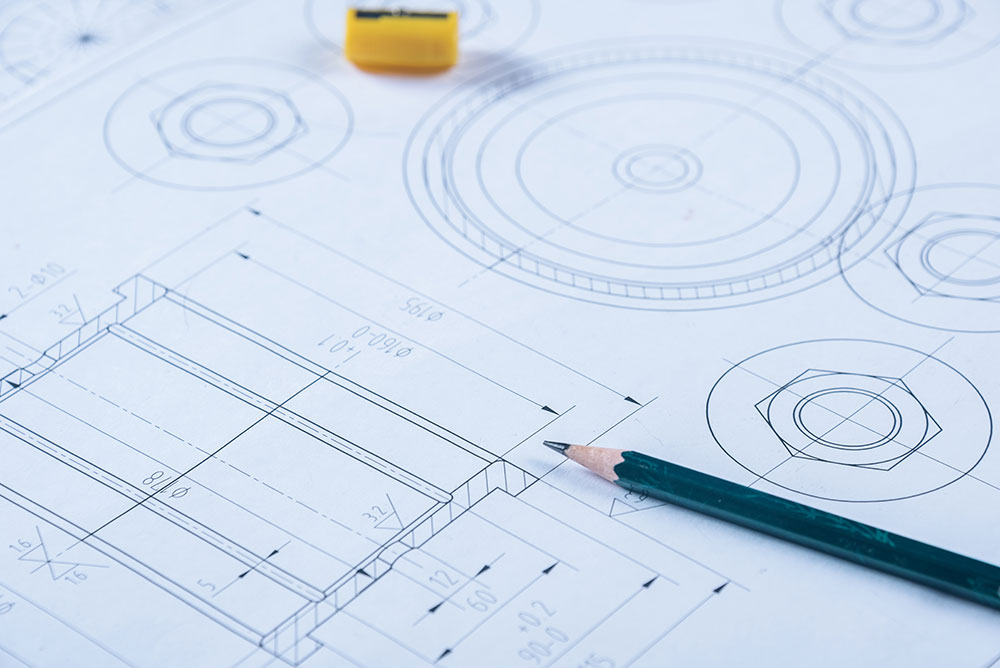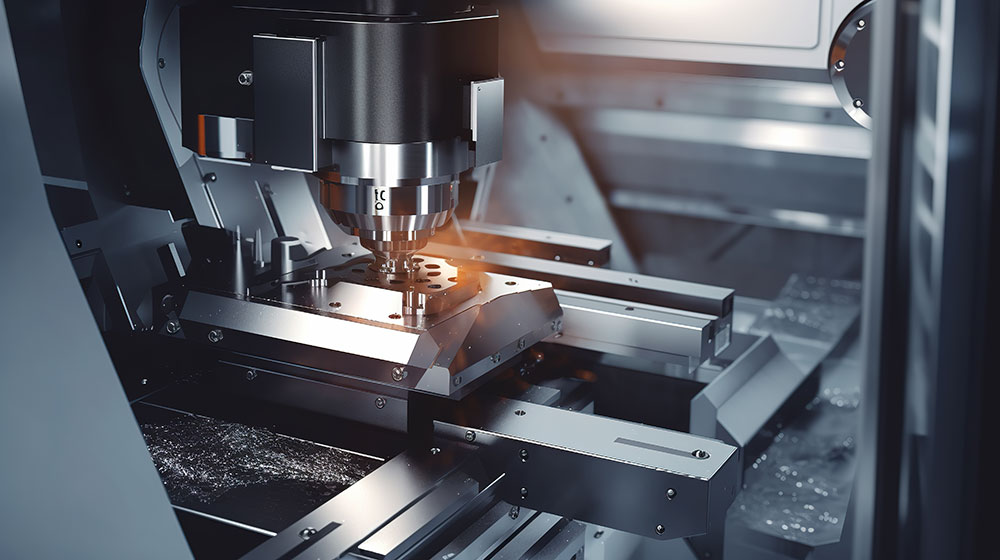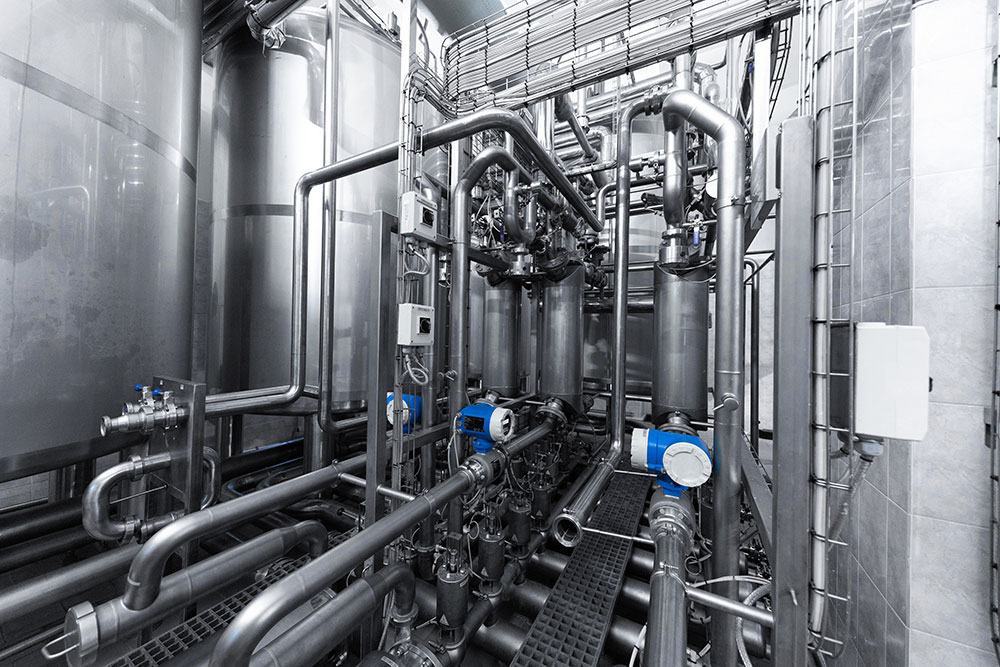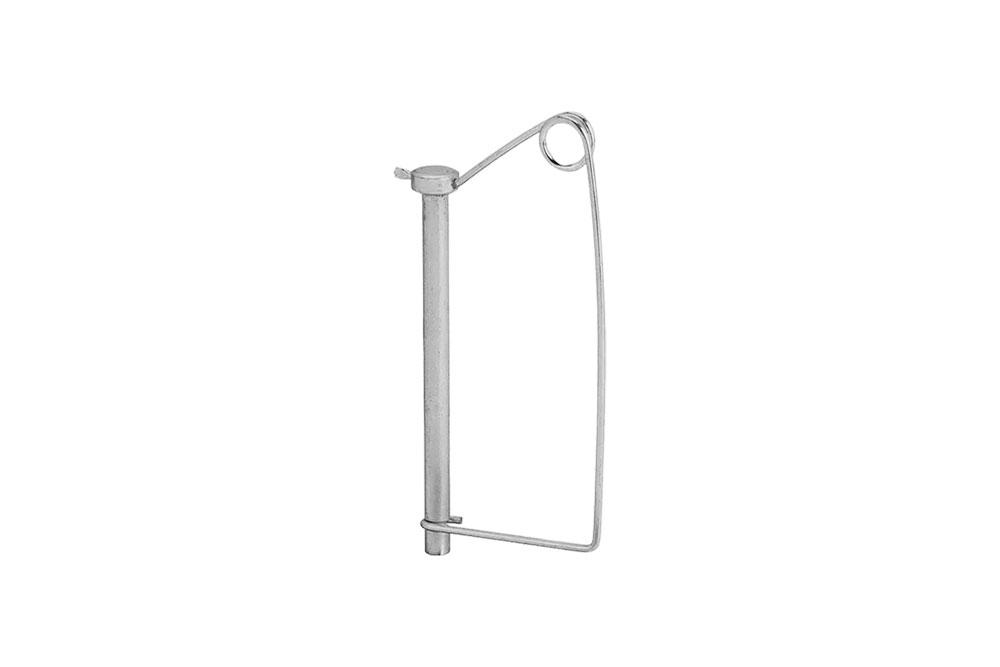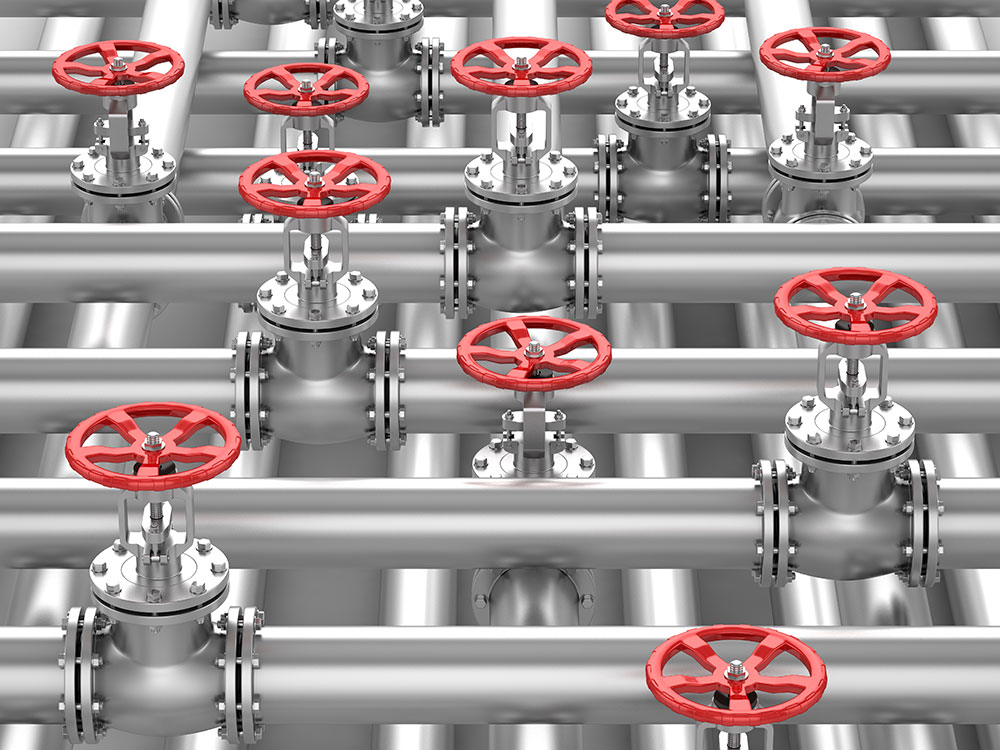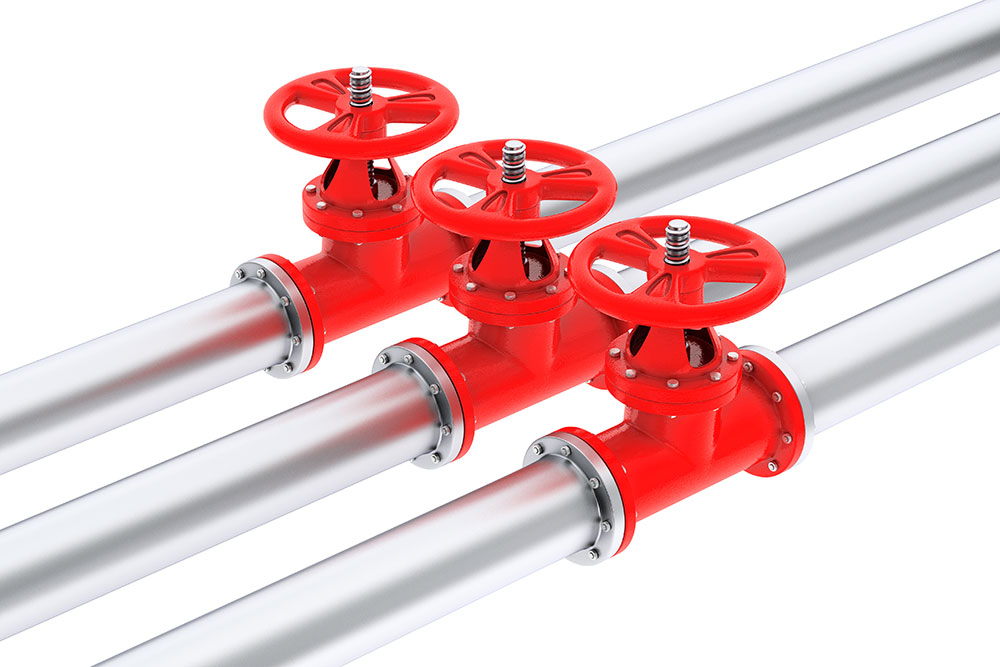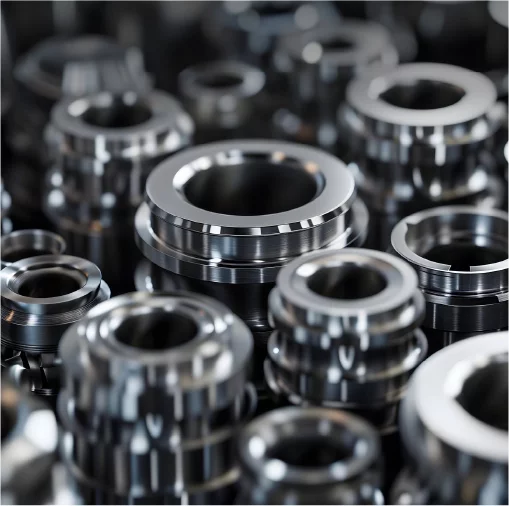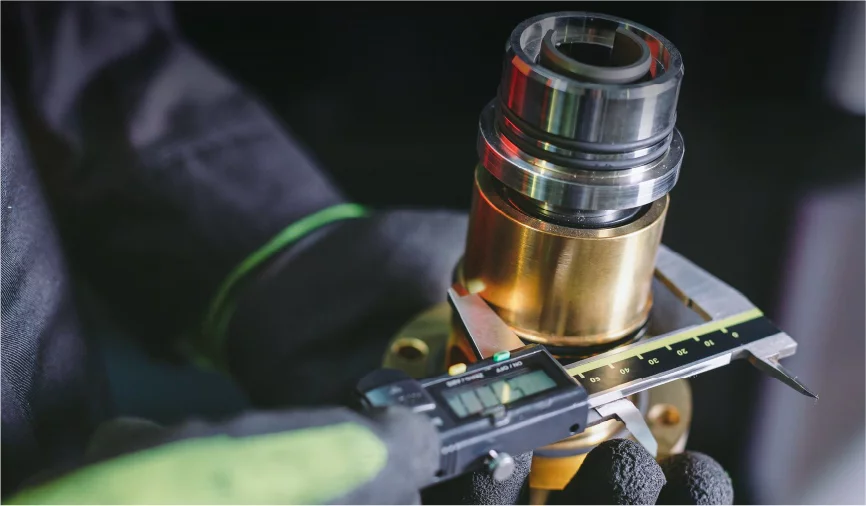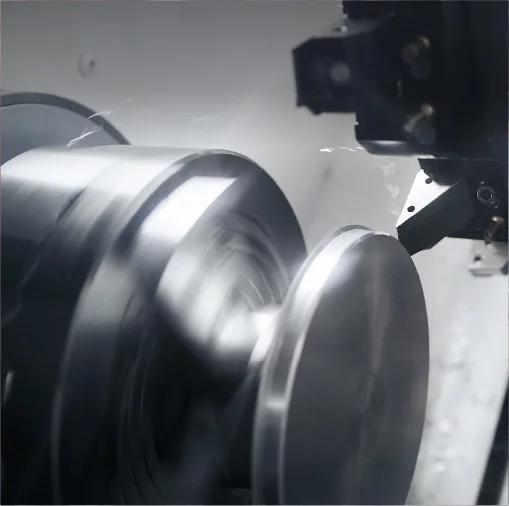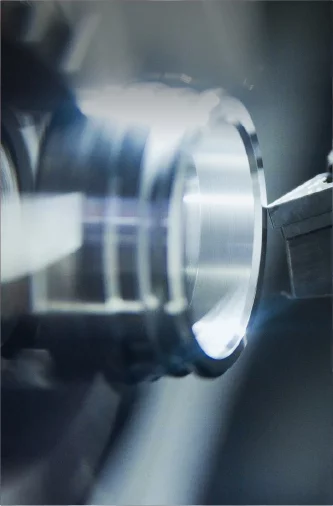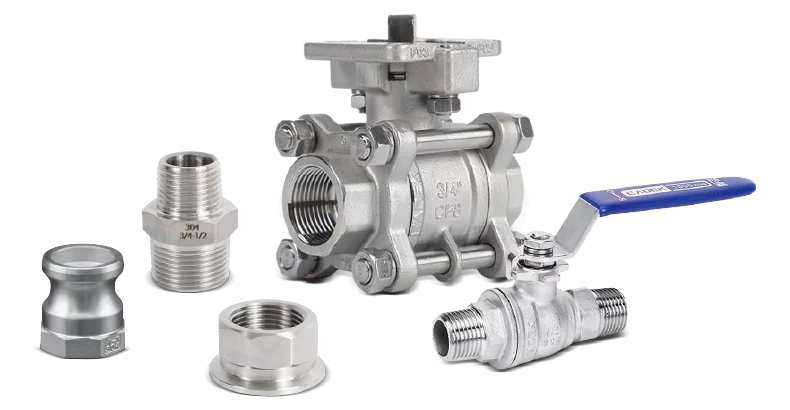Y-type tees and Y-type strainers are both common Y-type pipe fittings in pipe systems, and they play an important role in pipe systems. Due to their appearance, many people may confuse them. In fact, they have obvious differences in functions and application areas.
In this article, you will learn about their respective functions, applications and other information in detail, helping you choose the right product in the right system.
Overview of Y-Type Tee
Y-type tee is mainly used to realize the diversion and convergence of fluid in the pipe system, diverting the fluid in one pipe to two other pipes in different directions, or converging the fluid in two pipes into another pipe in different directions.
Structure
Y-type tee is a “Y”-shaped pipe fitting with three interfaces. Usually, the angle between the branch interfaces is 45°, and sometimes there are other angles according to different needs.
Function
The function of the Y-type tee is mainly used for fluid diversion and confluence in the pipe system, changing the transmission direction of the fluid, and does not have other special functions.
Application Areas
- Agricultural Irrigation: Y-type tees can control the flow direction of fluids in the irrigation system, adjust the distribution of water sources, and meet irrigation needs.
- Petrochemical: When transporting related chemicals or petroleum products, the application of Y-type tees can effectively control and divert.
- HVAC: Y-type tees can achieve the effect of controlling the indoor environment to maintain a comfortable range by adjusting the air, water and other media inside the HVAC system.
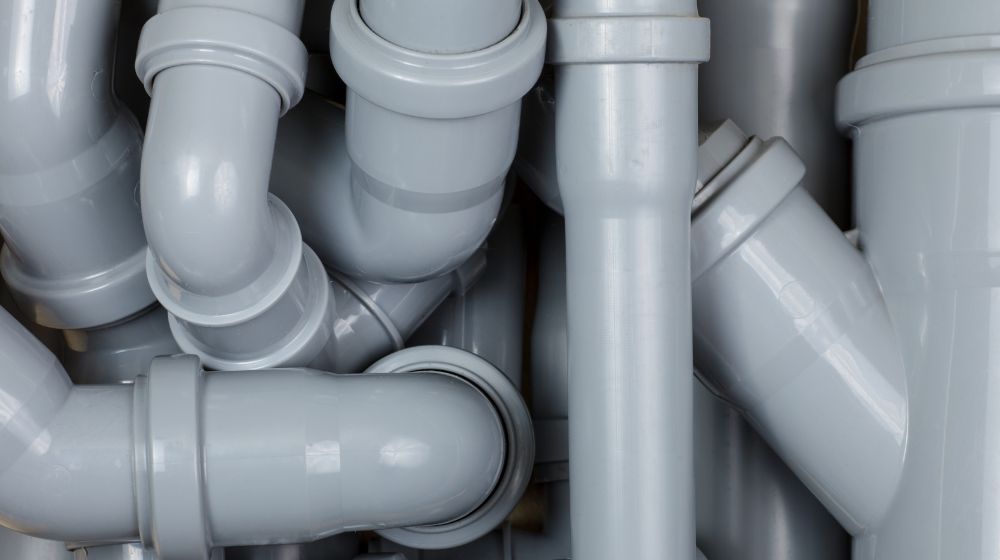
Overview of Y-Type Strainer
Y-type strainer is mainly used to remove impurities from fluid in the pipe system to protect other parts and equipment in the pipe from damage, such as valves.
Structure
A Y-type strainer is also a “Y”-shaped pipe fitting with three interfaces, and the angle of the branch interface is usually 45°. There is a strainer inside one of the branches, which is different from the Y-type tee. This strainer is detachable, which is convenient for replacement and cleaning.
Function
When the Y-type strainer is running in the pipe system, it can filter out solid impurities such as sand, iron filings and other particles from the pipe to ensure the stability of fluid transmission in the pipe system and the purity of the fluid medium. At the same time, through filtering, it can also ensure the safety of other equipment in the pipe system, protect them from damage by these solid particles and impurities, and ensure transmission efficiency.
Application Areas
- Water Supply System: It is very necessary to install a Y-type strainer in the water supply system. It can filter impurities in the water, improve water quality, and ensure the stability of the water supply system.
- Industrial Field: In industrial fields such as petroleum and electricity, the Y-type strainer can filter impurities and particulate matter in the fluid. It can not only ensure the purity of the medium, but also protect pumps, valves and other equipment from damage.
- Pharmaceutical Industry: When transporting fixed drugs, the impurities in the drugs can be filtered with the help of the Y-type strainer to ensure the quality and safety of the drugs.
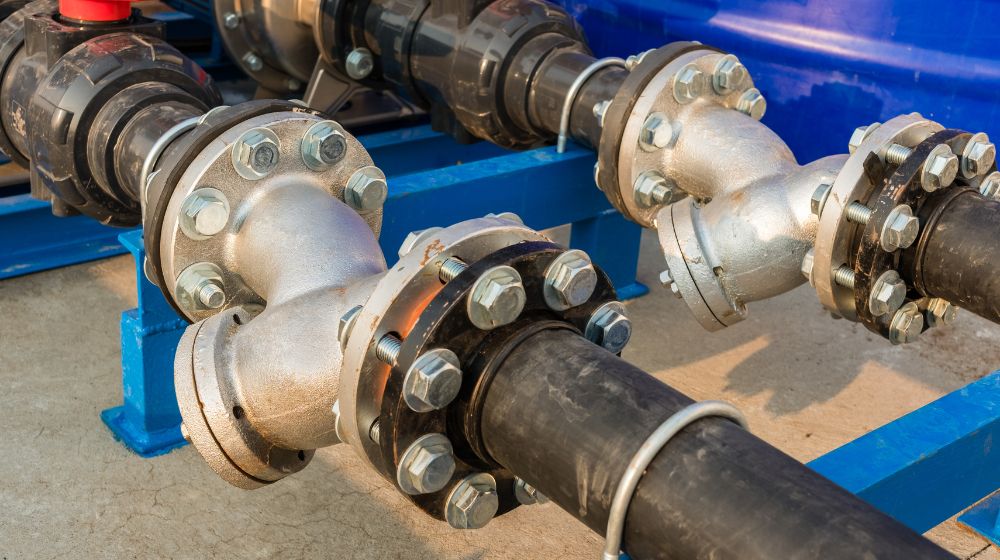
Comparative Analysis of Y-Type Tee and Y-Type Strainer
Function
Y-type Tee is mainly used to simply divert and merge the fluid in the pipe system, while the Y-type strainer can filter out solid impurities and solid particles in the pipe, ensuring the purity of the fluid while also ensuring the safety of downstream equipment.
Structure
The Y-type tee has a simple structure and no special devices. There is also a strainer inside the branch of the Y-type strainer to filter impurities.
Coût
The cost of a Y-type tee is relatively low and usually does not require maintenance. The cost of a Y-type strainer is higher and requires regular inspection and maintenance, which is a necessary expense. However, overall, the Y-type strainer can play a certain protective role in the system, and it still has a certain cost-effectiveness.
Y-Type Tee and Y-Type Strainer: How to Choose?
So how to choose between the two? You need to make a choice based on the needs of your pipe system.
If you just need to make necessary diversion and confluence of fluids in the pipe system, then you can directly choose the Y-type tee. But if you also need a pipe fitting with a filtering function, then the Y-type strainer is indeed a good choice for you, although it is a little more expensive.
Conclusion
Through the detailed comparison between Y-type tee and Y-type strainer, I believe you have a full understanding of them. Y-type tee can effectively divide and merge in the pipe system, while Y-type strainer can not only filter impurities, but also protect the system.
When making a choice, you need to properly consider the requirements of your system. Choosing the right pipe fittings can not only improve the transmission efficiency of your system, but also effectively extend the life of the system.

